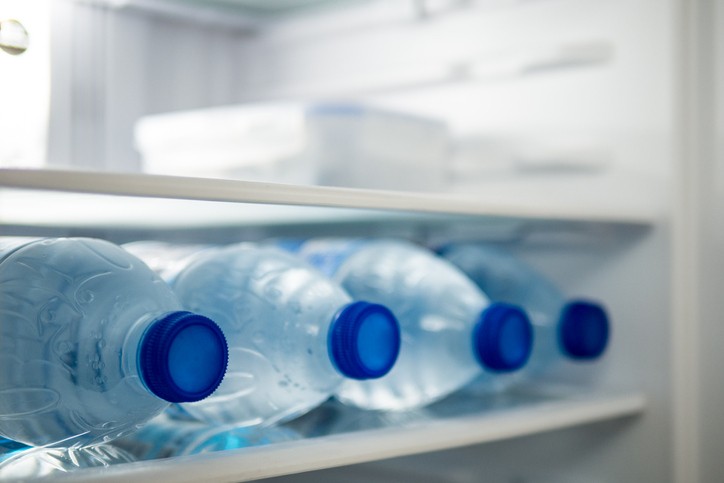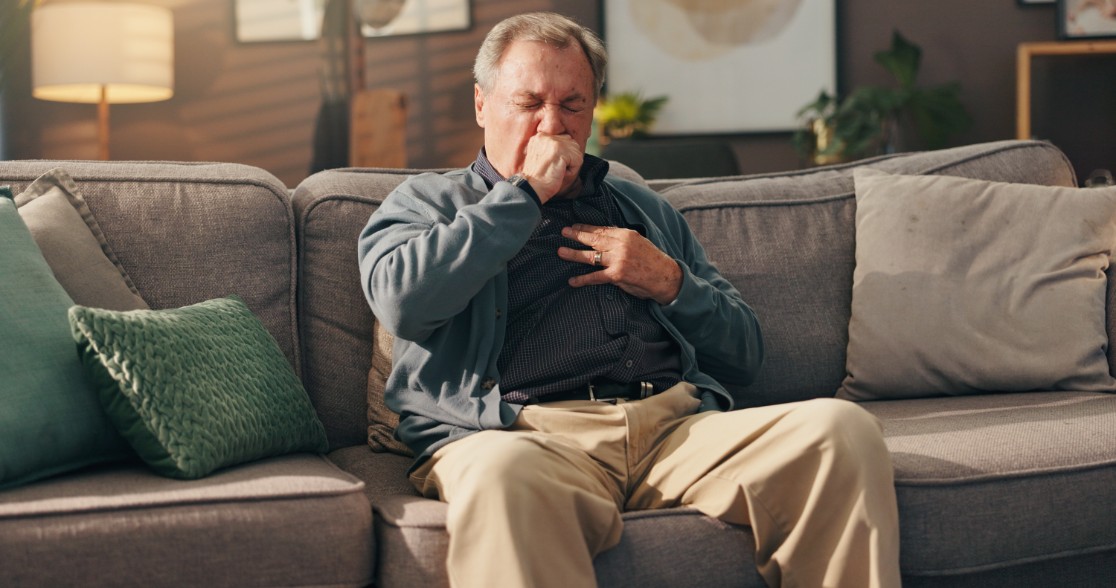Unmasking MS: More Common Than You Think, and Why We Fight So Hard
DEC 03, 2025MS is not rare. It’s estimated that nearly 1 million people in the United States and 2.8 million worldwide live with MS.
Read More
Plastic is all around us, and now evidence is growing that tiny particles called microplastics are also inside us. Should you be concerned? Unfortunately, the answer isn’t crystal clear.
The scientific community has raised red flags about the harmful effects of microplastics on marine and freshwater organisms. Microplastics have also been found to pollute the distant Arctic ice floes. But researchers are now working to understand how these tiny plastics impact humans.
Microplastics are defined as plastic pieces between 1 micrometer and 5 millimeters in size; which is approximately the size of a dust particle and the width of a pencil eraser.
A study that measured how many microplastics are going into humans looked at what comes out of us. Researchers at the Medical University of Vienna followed study participants who tracked their diets. The researchers found 20 microplastic particles in every 10 grams (2 teaspoons) of human stool.
Nine different plastic types were identified and sizes ranged between 50 and 500 micrometers.1 For reference, 50 micrometers is about the diameter of a human hair.
The exact danger to humans is unknown. According to the World Health Organization, the risk as low, but they urged further study of microplastics in drinking water. Also, they suggested a reduction of plastic pollution to lessen human exposure.2
However, there are still questions surrounding the different toxic and carcinogenic chemicals used to make plastics and if they're dangerous on a microplastic level.
Startling results from individual studies continue to make headlines. For example, Canadian researchers found that one plastic tea bag can release billions of microplastic and nanoplastic particles into your cup. 3
Yoga pants and sweat-wicking shirts were called out after a study found that one laundry load of synthetic clothing might shed 91,000 to 138,000 microfibers into the waste stream.4
Another study found that 50% of the particles gathered from samples of stormwater spillover were black rubbery pieces from tires, according to the San Francisco Estuary Institute and the Aquatic Science Center.5
1 https://www.eurekalert.org/pub_releases/2018-10/sh-mdi101518.php
2 https://www.who.int/news-room/detail/22-08-2019-who-calls-for-more-research-into-microplastics-and-a-crackdown-on-plastic-pollution
3 https://www.foodandwine.com/news/plastic-tea-bags-microplastic-study
4 https://www.sciencedirect.com/science/article/abs/pii/S0025326X18308634
5 https://www.natureworldnews.com/articles/42212/20191004/vehicle-tires-responsible-microplastics-%E2%80%93-studies.htm
6 https://www.onegreenplanet.org/environment/budweiser-phase-out-plastic-ring-harm-marine-life/

MS is not rare. It’s estimated that nearly 1 million people in the United States and 2.8 million worldwide live with MS.
Read More
COPD is a group of progressive lung diseases that block airflow and make it difficult to breathe.
Read More
When reflux happens frequently (typically two or more times a week) or becomes severe enough to cause complications, it's considered GERD.
Read MoreWhen you need local health information from a trusted source, turn to the CHI Health Better You eNewsletter.